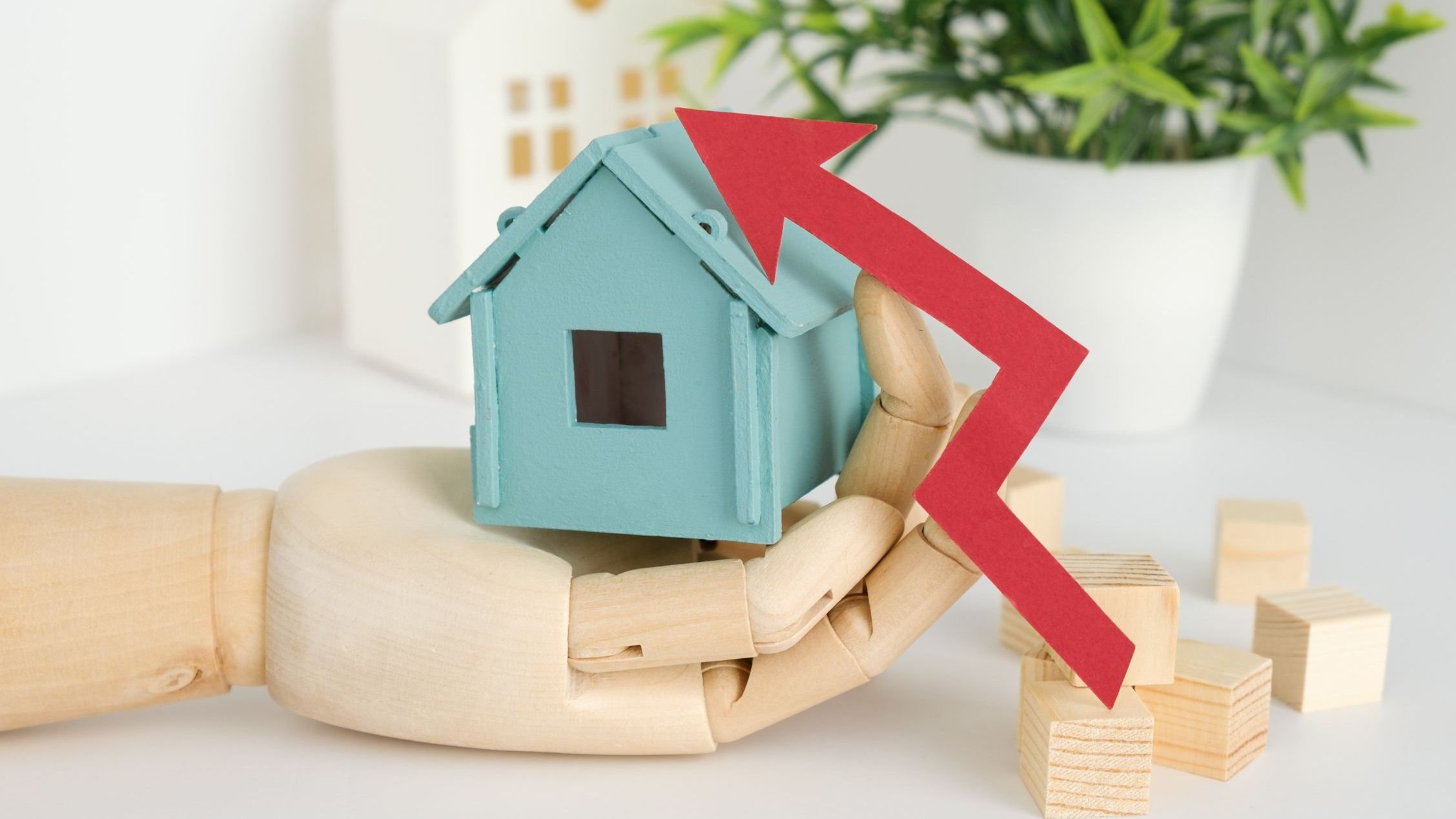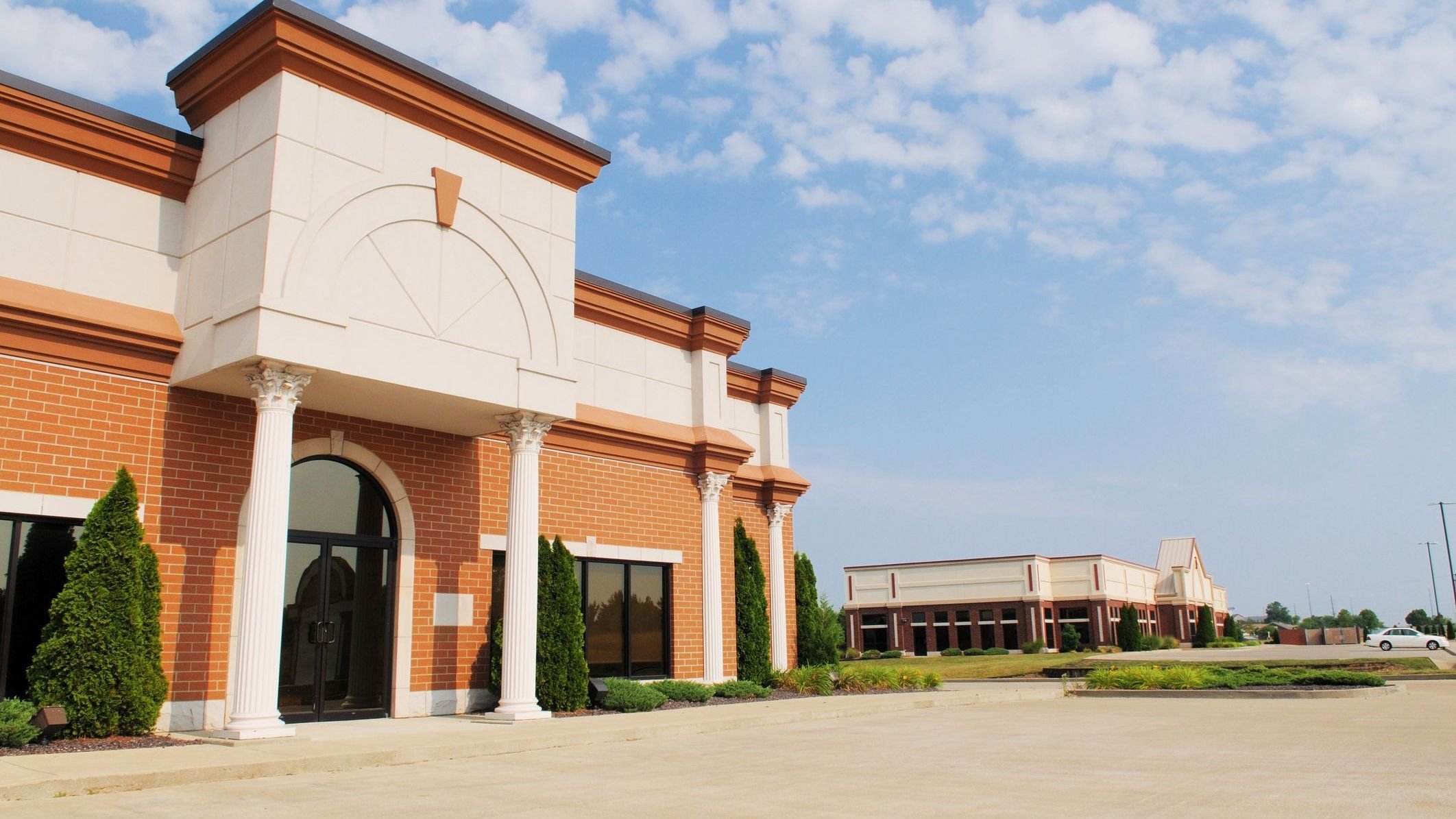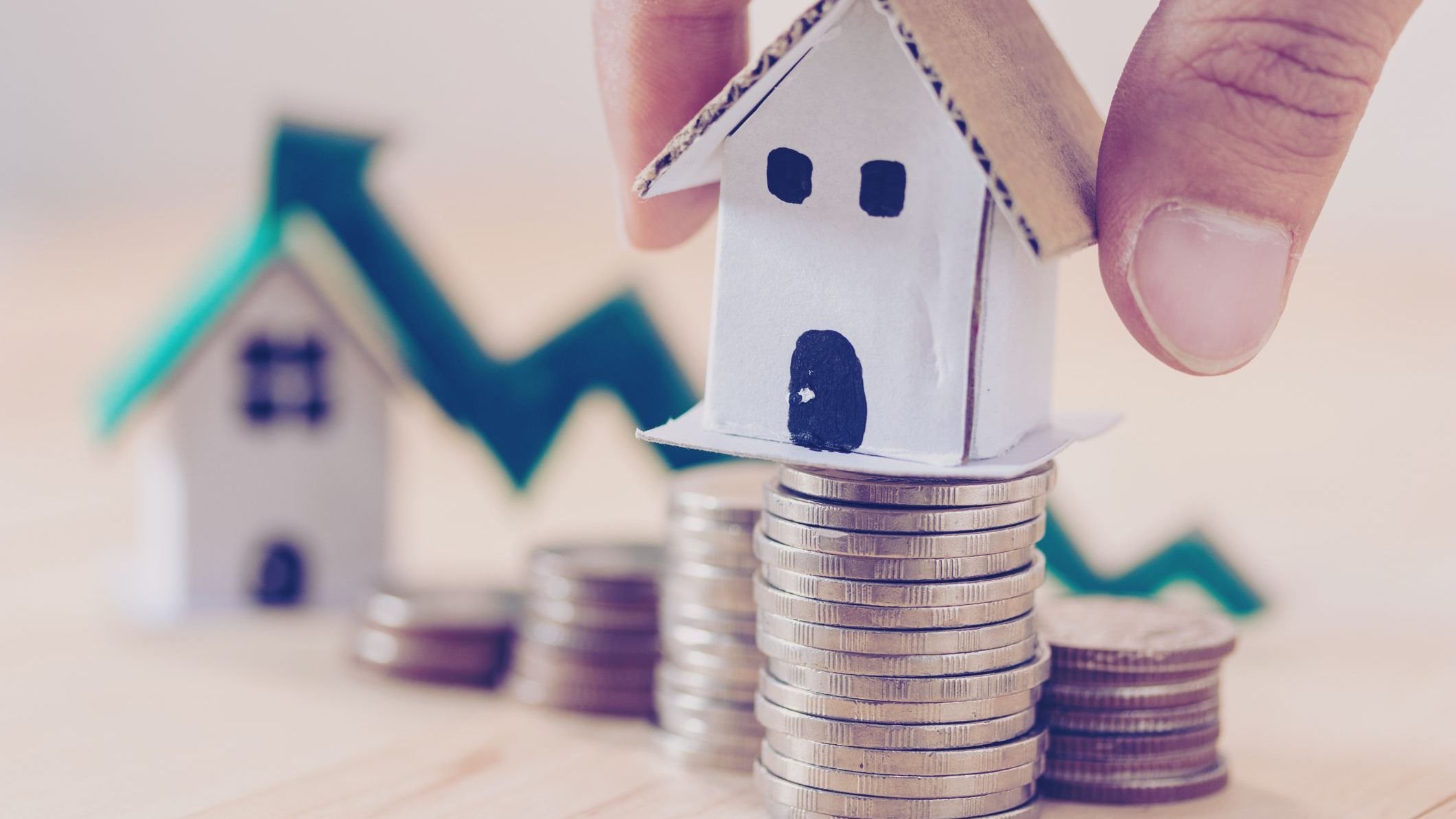Page 2 11 - 20 of 400
Uses and Risks of Using Zero Cash-Flow Properties in a 1031 Exchange

A 1031 exchange is a tax-deferred transaction that can be used to postpone capital gains tax liability when selling and purchasing qualifying real estate. As you purchase a replacement property, there are plenty of options available to find the asset that suits your investment goals. One of these choices is the niche category of zero cash-flow properties. These are highly structured investments where you don’t earn any extra profit, but the income is paid to cover the property’s debt.
Reverse Vs. Forward 1031 Exchanges: Pros and Cons of Each Type

There are a few different ways to conduct 1031 exchanges, potentially deferring capital gains taxes. Named after Section 1031 of the Internal Revenue Code, these exchanges allow investors to reinvest the proceeds from a property sale into a like-kind asset, maintaining their investment without incurring any immediate tax liability.
1031 Exchanges and ESG Investing: Opportunities and Limitations

Many investors today have shifted their focus not only on financial returns but also on the broader impact of their investment strategies. That said, environmental, social, and governance (ESG) factors are increasingly influencing investment decisions for some. For those seeking to align ESG goals with real estate holdings, one potential avenue includes the use of 1031 exchanges.
Can You Recover a Failed 1031 Exchange? Steps and Considerations

A 1031 exchange is a tax-deferred transaction that allows investors to reinvest proceeds from a real estate sale into a like-kind property. If you’re unable to comply with any of the rules the service mandates, you could end up with a failed exchange and a large tax bill. Is there anything you can do if such an event happens? Can you still recover and delay capital gains taxes? The answers depend on the specifics of the failed exchange. Below, Realized 1031 has shared an article outlining potential causes of failure and what to consider if an exchange does not go as planned.
How Inflation May Influence 1031 Exchange Strategy

One of the most persistent economic realities investors must account for is inflation. This phenomenon impacts everything, from grocery prices to real estate. As you navigate the ups and downs of inflationary periods, it’s important to consider how various financial strategies may play a role in preserving purchasing power and supporting long-term planning. One such strategy is the 1031 exchange.
Navigating a 1031 Exchange in a Bankruptcy Situation

1031 exchanges are complex transactions that can offer tax deferral opportunities for investors seeking to reposition into new real estate sectors. The process is governed by strict rules and timelines—and when bankruptcy enters the picture, those layers of complexity increase.
How 1031 Exchanges Support Multigenerational Estate Planning

Estate planning is about more than just transferring wealth; it’s about preserving legacy, reducing tax friction, and how assets may align with long-term family objectives. For clients with investment real estate, 1031 Exchanges can be a component of strategies designed to align current real estate decisions with future estate planning goals.
1031 Exchanges: Understanding the Mechanics of Direct Deeding

A 1031 exchange is a strategy that allows investors to defer capital gains taxes by reinvesting the proceeds from the sale of one investment property into another like-kind property. By doing so, the transaction may avoid triggering an immediate taxable event, potentially extending the time capital remains invested.
How 1031 Exchanges Can Help Diversify Your Real Estate Portfolio

For many investors, 1031 exchanges are often used for tax deferral benefits. By exchanging like-kind properties, investors may defer recognition of capital gains, potentially allowing them to keep more capital invested. However, delayed tax payments aren’t the sole benefit of 1031 exchanges. Such transactions also offer real estate diversification. In this article, Realized 1031 explores how a 1031 exchange can be used as part of a broader diversification strategy.
Incorporating 1031 Exchanges Into Your Estate and Legacy Planning

Most investors think of wills, trusts, and beneficiary designations when it comes to estate planning. However, there are other tools at their disposal that can help with areas such as tax deferral and long-term planning. One of these is the 1031 exchange. This strategy is typically used for tax-deferral purposes, but it can also help during estate planning and settlement.
Page 2 11 - 20 of 400


